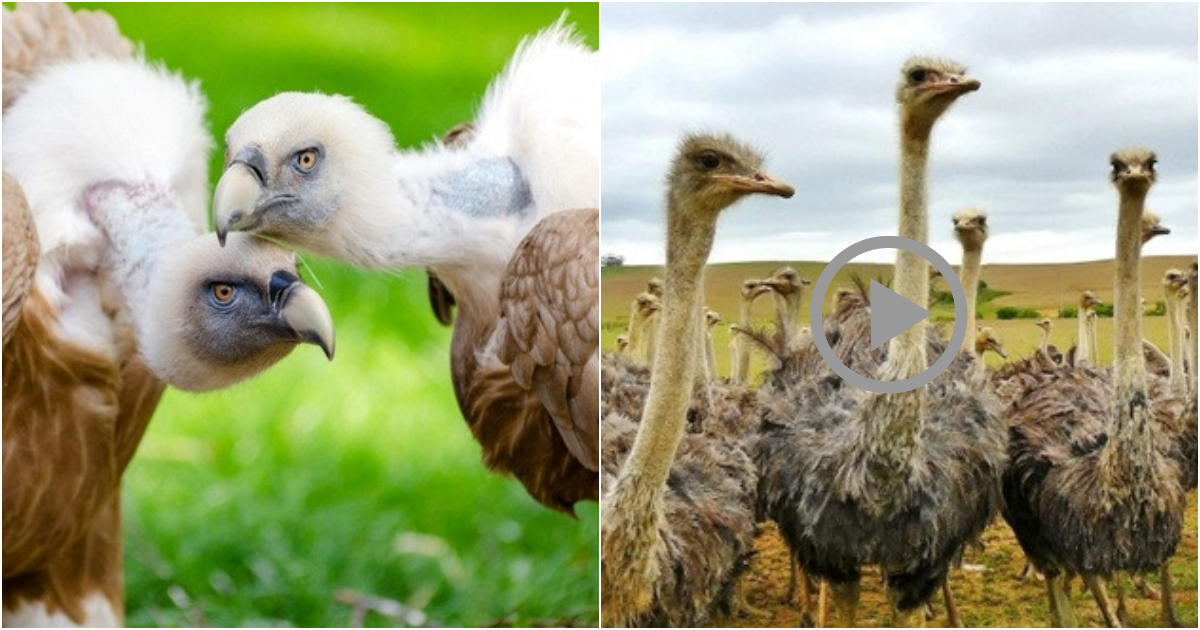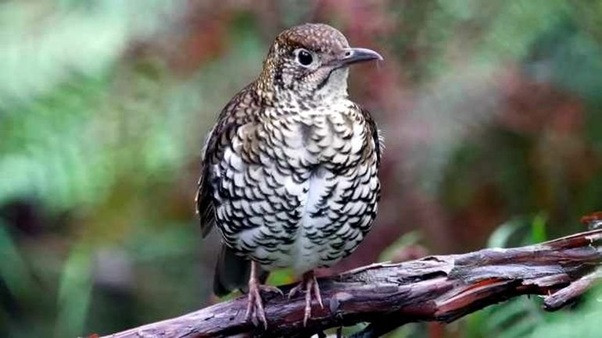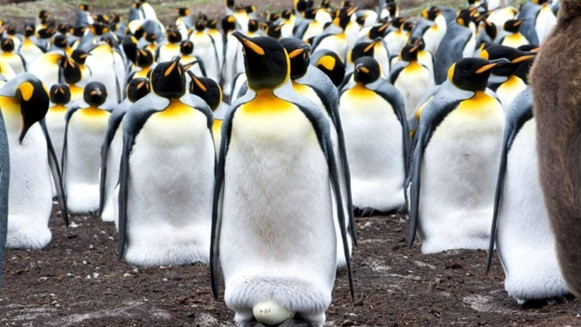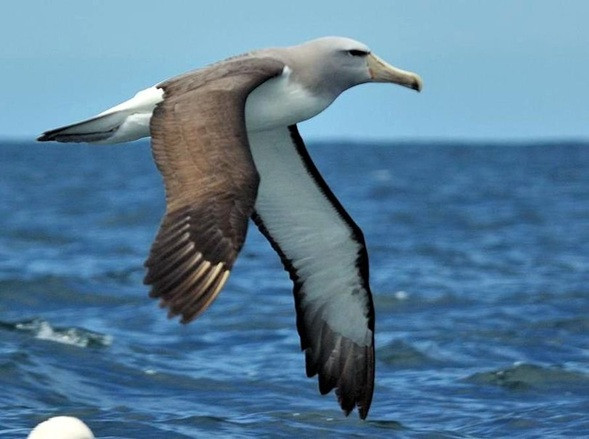5 Fascinating Facts About Birds That Will Surprise You

Kookaburras can eat anthrax-infected meat: This is a highly accurate fact, and kookaburras are not affected by anthrax at all. However, they can potentially transmit the disease if other animals consume their carcasses. In reality, kookaburras can eat almost anything and can digest hooves, horns, and all remnants of prey that other animals won’t eat. This is due to their stomach having a special acid that can digest anything, including the extremely dangerous anthrax bacteria.

Scientists have confirmed this information. On average, the brain of an emu weighs around 43g, while the weight of their eyes is about 48g. This adaptation allows them to have exceptionally good eyesight, which is extremely useful for hunting and self-defense.
 “Hot-air” birds to search for food:
“Hot-air” birds to search for food:The olive-backed oriole is a bird species that belongs to the oriole family and primarily feeds on insects. They are found mainly in Southeast Australia and Tasmania. These birds have a unique body structure that serves the purpose of hunting. Their intestines have a special shape that allows them to continuously “pass gas.” When they reach an area where they want to hunt for prey, the flock starts constantly “passing gas,” which makes the hidden larvae unable to hide and forces them to move elsewhere, exposing themselves. The birds can then easily locate and eat them.
 Birds have higher body temperatures than humans:
Birds have higher body temperatures than humans:The temperature difference between humans and birds is about 8 degrees. This difference is related to the metabolic process, which occurs much faster in birds compared to humans. This is crucial for birds during egg incubation and caring for their chicks. Nature has created these unusual characteristics in a completely reasonable way.
 In reality, birds never sweat. Their bodies are designed in a way that allows them to easily move with their own weight. Sweat is not produced in any state. No matter how long birds fly, they never sweat. Therefore, birds don’t have sweat glands but have oil glands on their uropygial gland, which helps them lubricate their feathers.
In reality, birds never sweat. Their bodies are designed in a way that allows them to easily move with their own weight. Sweat is not produced in any state. No matter how long birds fly, they never sweat. Therefore, birds don’t have sweat glands but have oil glands on their uropygial gland, which helps them lubricate their feathers. 



